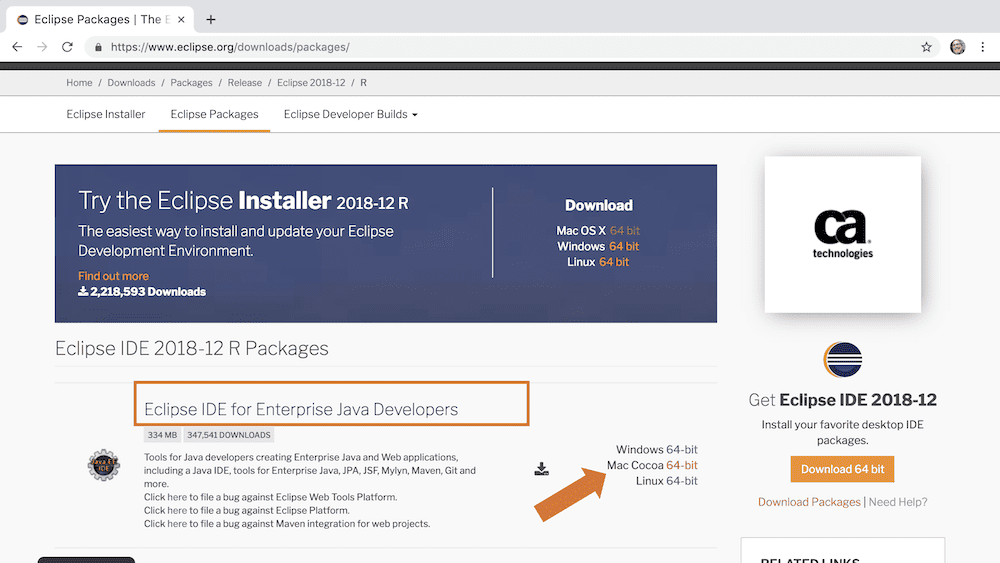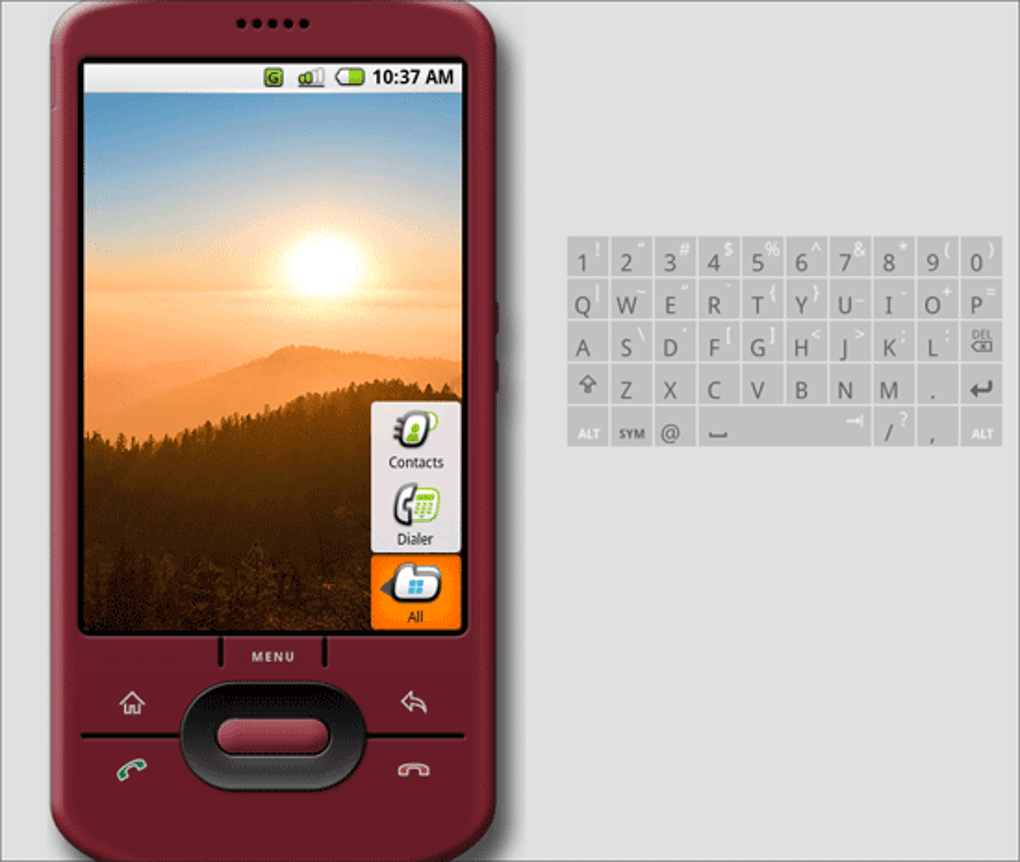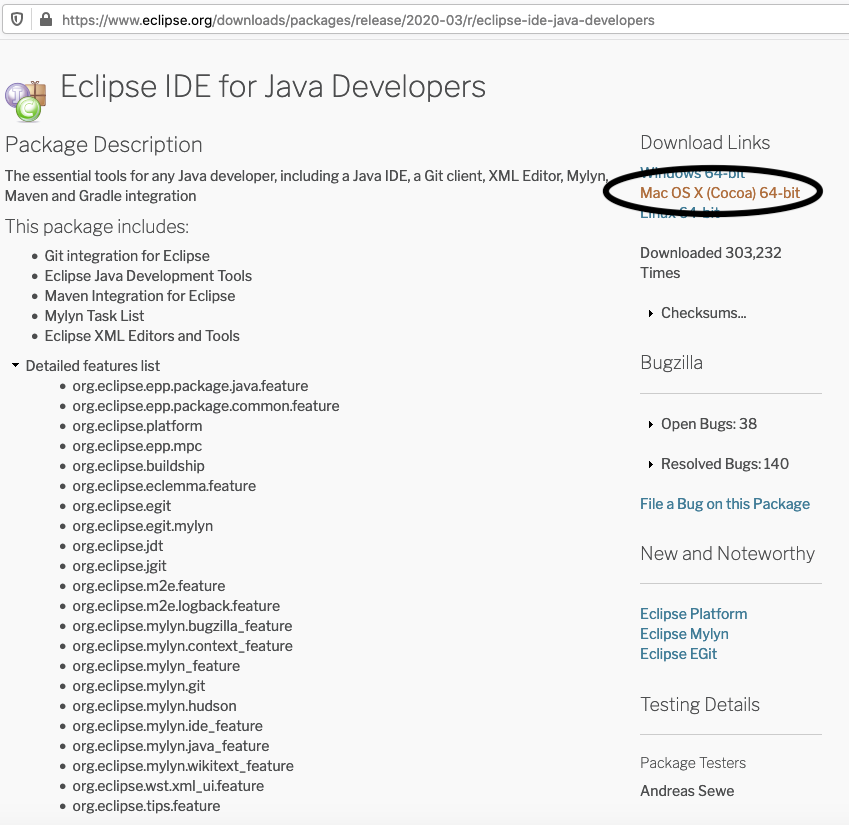

This is a system-wide variable used by the operating system to allow you to directly open the contents of a folder without needing to specify it’s full folder path. The next step is to add ANT’s bin folder to PATH. I then created the folder /Android/ant/ and copied the entire bin and lib folders into there. You could build manually, but the ANT tool will save you a lot of time. This step was left out of the guides I read, and caused some confusion when it came time to build. ANT is used to automate the build process, and is necessary for most users. I opted to download the entire “Tools” folder, the entire folder of the latest SDK (Android 4.2 – SDK 17), and the Android Support Library (under “Extras”). This is the Android SDK Manager, and it is how you obtain the latest copy of the SDK, as well as extra tools and libraries you may need. It will open up a Terminal window, and then launch a GUI. Next, go to /Android/tools/ and run the android file. If you want to save it elsewhere, please translate that path in your head. I will be referring to this path from now on. I chose to locate it in the directory /Android/ (in the root of my main hard drive). I opted to download the non-bundle version (under the heading “Use an existing IDE”). These instructions are based on the official instructions on “ Building Your First App“, but instead of any IDE I’ll be using the command line and TextWrangler.
DOWNLOAD ECLIPSE IDE FOR MAC OS MAC OS X
I’m going to explain the steps I took to install the latest version of the Android SDK on my Mac OS X 10.7, plus the extra steps needed to get my first app working.


The resources I’ve been reading have overlooked some vital steps in the process of installing the SDK and getting your first app up and running. The other hassles I’ve had is with the lack of accurate documentation. It’s slower than a wet week on my Mac, plus it hasn’t functioned as it should when I’ve attempted to use it in the past (and man, that interface is yuck). Eclipse is nasty to use, convoluted resource-hog.I want to avoid Eclipse, for two main reasons: The most frustrating bit was forum answers which simply told you to install Eclipse to fix whatever code-related problem the asker was having. Part of the hassle I’ve had is that most online resources only explain the steps required for users of Eclipse (which automates a bit of it for you). So far, the hardest and most frustrating part of this process has been installing the SDK. Being a web developer for some years now, and having developed a Windows app or two, I figured I would be able to start prototyping these concepts for Android without too much hassle. I’ve got at least two concepts for Android apps running around in my head, notebooks & text files at the moment.


 0 kommentar(er)
0 kommentar(er)
